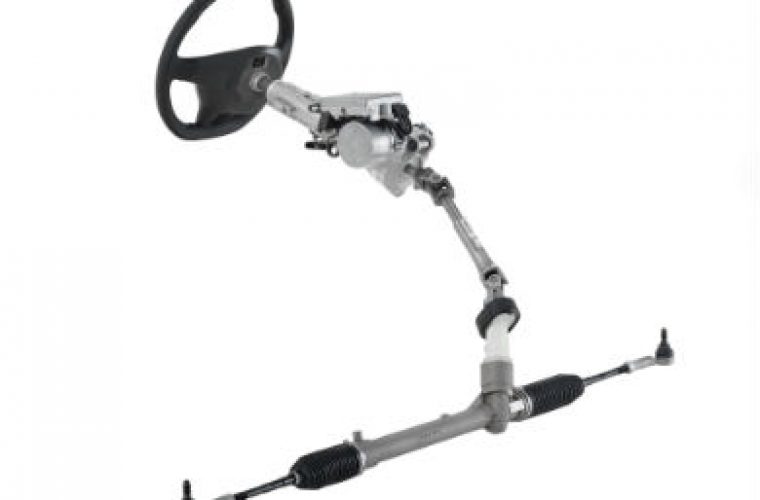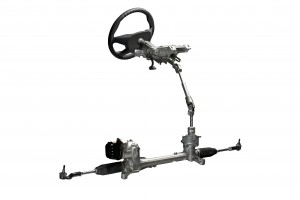The demands on VMs to reduce vehicle weight, cost and emissions is placing more pressure on parts and systems manufacturers to develop new fuel-saving technologies or to improve existing ones.
ZF Group, owner of the TRW brand, say a simple way to preserve fuel consumption is to disconnect conventional steering support from the engine when it is not needed.
With a conventional hydraulic servo steering system, the power steering pump is driven by the engine via a V-belt or ribbed belt.
This method means the pump is in continuous use even when the driver isn’t steering; using an unnecessary amount of energy and fuel, the group explains.
 Electrically Power Hydraulic Steering
Electrically Power Hydraulic Steering
Known as Electrically Power Hydraulic Steering (EPHS) systems, some use just 25 per cent of the energy compared to a conventional system, according to ZF TRW.
EPHS is a ZF TRW electrically assisted steering solution which combines electronically controlled on-demand steering with hydraulic actuation.
A compact Motor Pump Unit (MPU) is connected with a conventional rack and pinion power gear.
As with other electric steering solutions, EPHS is independent of the combustion engine.
Compared with traditional hydraulic power steering, EPHS systems offer a fuel saving of up to 0.3L/100km and a reduction of carbon dioxide emissions of approximately 7g/km.
 Electric Power Steering
Electric Power Steering
Electric Power Steering (EPS) systems offer greater fuel economy potential and play a major role in environmental protection due to the absence of any hydraulic fluid, ZF TRW explains.
One of the products in the EPS range is the electrical servo steering system with steering column drive (Column Drive EPS).
Its location in the passenger compartment enables reduced temperature and sealing requirements compared with systems situated under the hood.
Used in more than 26 million passenger cars in every region of the world, ZF TRW’s Column Drive EPS technology delivers a cost-effective steering solution while being fully capable of 5* NCAP crash requirements.
It provides intelligent actuation for the fast growing field of Driver Assistance Systems (DAS) and automated driving.![]()
Belt Drive EPS
The Belt Drive EPS solution integrates a brushless motor, toothed belt, and ball nut assembly with pulley and bearing in one unit which results in lower friction for high power applications, as well as a direct steering feel and response.
Its Electric Power Pack (EPP), an integrated motor and ECU, comes in both an axial and radial package options.
ZF TRW Belt Drive systems operate from 12V power on rack loads up to 18kN.
The system shares a “mechatronic core” (system architecture, safety, sensor, motor, ECU and software designs) with its column drive cousin.
With no energy drag on the engine, EPS systems offer a fuel saving of up to 0.33L/100km, with a corresponding reduction in carbon dioxide emissions of approximately 8g/km.
For more information about TRW, follow the ‘more details’ link below.








